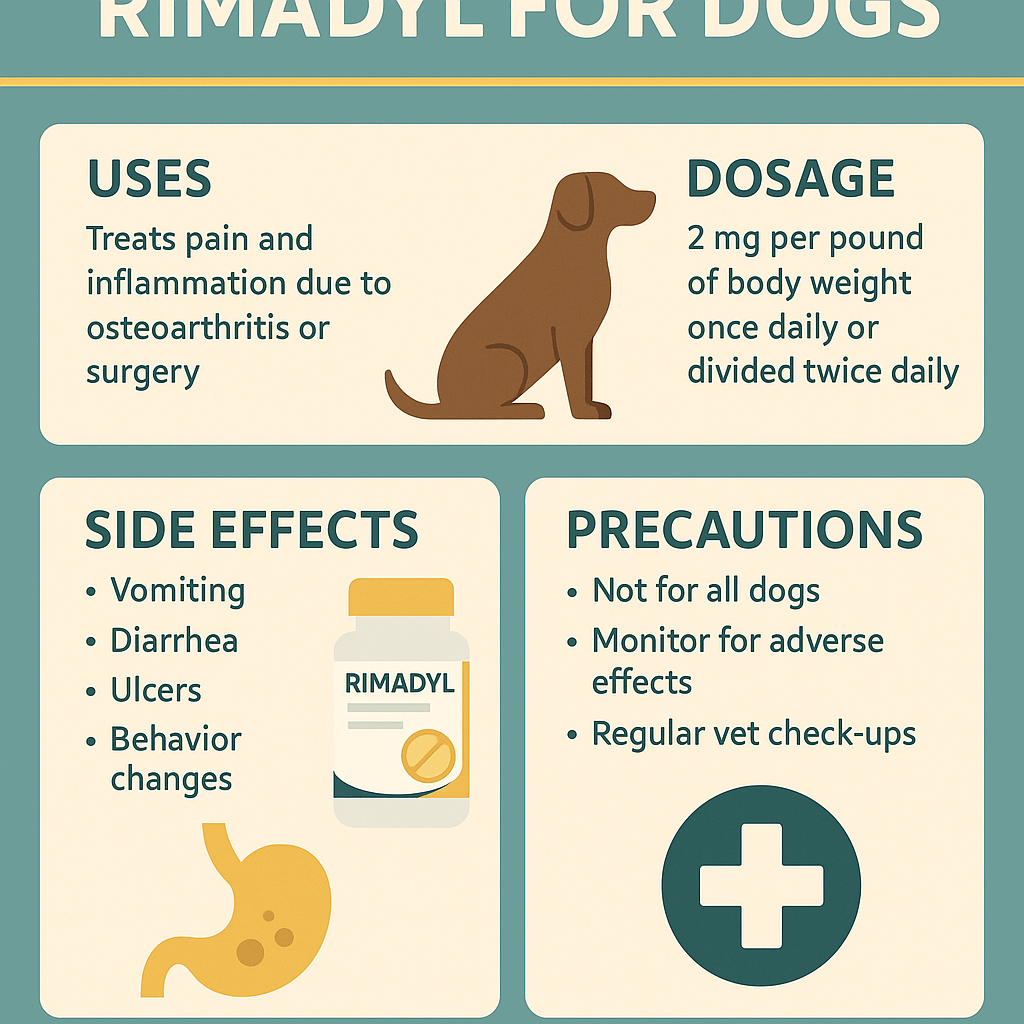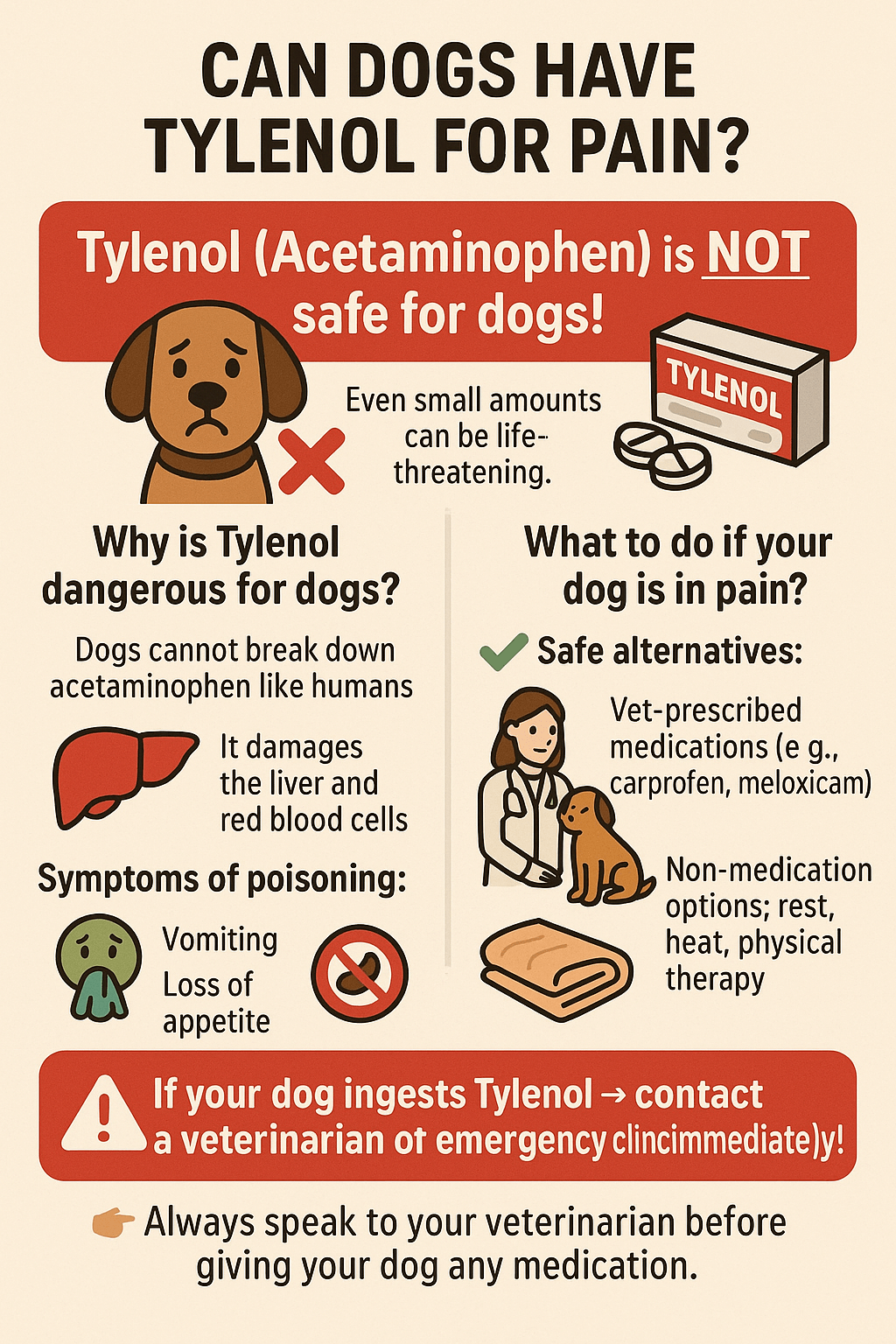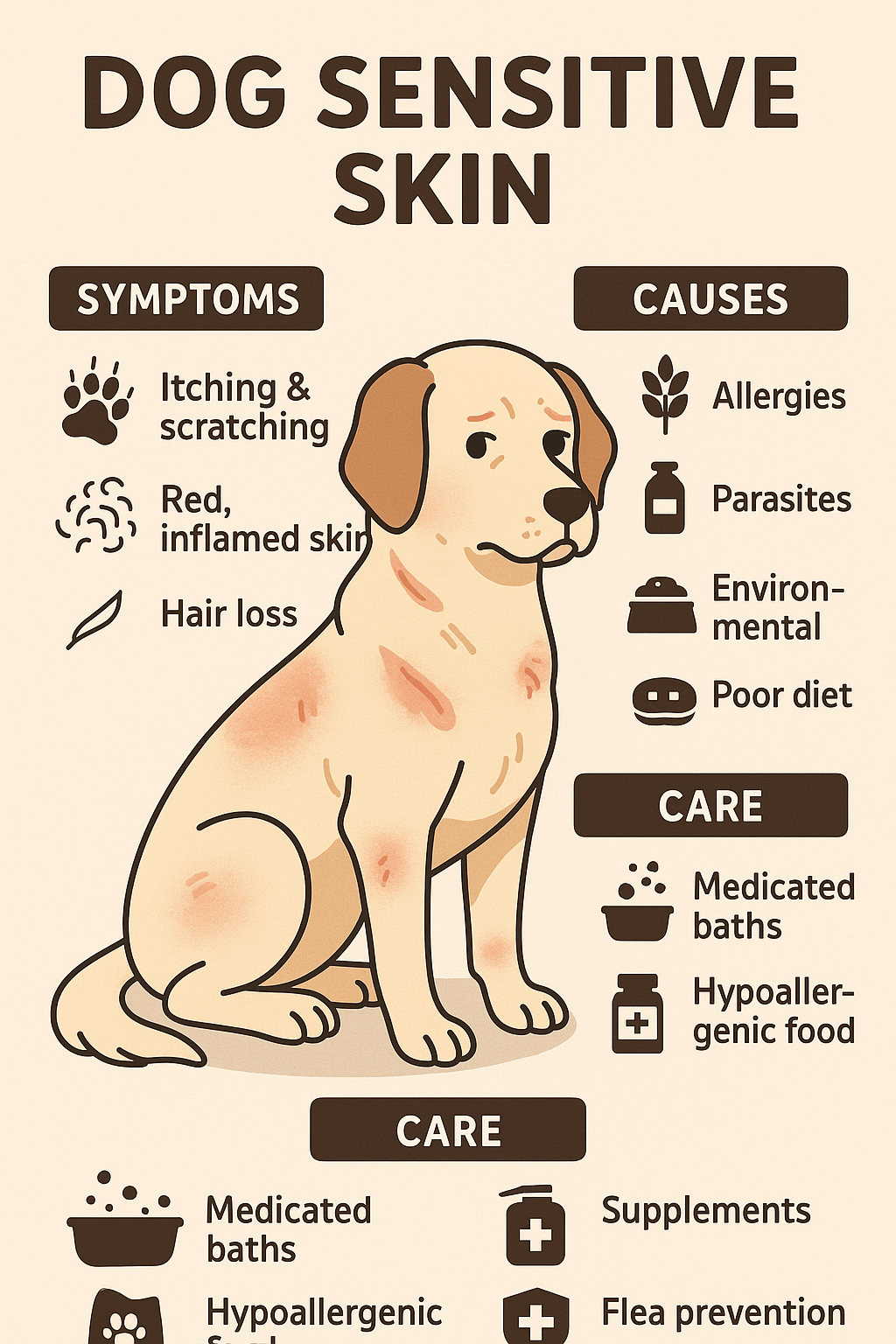What to Do If Your Dog Has Fleas: A Comprehensive Guide
Fleas are a common nuisance for pet owners, and discovering that your beloved dog has them can be both frustrating and overwhelming. These tiny parasites not only cause discomfort but can also lead to more serious health issues if left untreated. Fleas thrive in warm environments, making them particularly active during certain seasons. However, with the right knowledge and tools, you can quickly address the problem and restore your dog’s comfort.
In this guide, we’ll walk you through everything you need to know about identifying, treating, and preventing fleas on your furry friend. Whether you’re a seasoned pet owner or new to the world of dogs, these tips will help you tackle the issue effectively and ensure your dog stays happy and healthy.
Spotting the Signs: How to Identify Fleas on Your Dog
The first step in dealing with fleas is recognizing their presence. Dogs may not always show obvious signs of infestation, especially in the early stages. However, there are key indicators that can help you identify whether your dog has fleas:
- Excessive Scratching or Licking: If your dog is constantly scratching or biting at their skin, it could be a sign of flea activity.
- Visible Fleas or Flea Dirt: Check your dog’s fur, particularly around the neck, belly, and base of the tail. Flea dirt looks like tiny black specks and turns reddish-brown when wet.
- Hair Loss or Skin Irritation: Fleas can cause patches of hair loss or red, irritated skin due to constant scratching.
- Restlessness or Behavioral Changes: Dogs with fleas may appear restless or agitated as they try to relieve the itching.
- Hot Spots: These are inflamed areas on your dog’s skin caused by excessive licking or chewing.
By staying vigilant and regularly inspecting your dog, you can catch a flea infestation early and prevent it from worsening. Remember, early detection is key to minimizing discomfort and avoiding potential complications.
Effective Treatments: How to Get Rid of Fleas on Your Dog
Once you’ve confirmed that your dog has fleas, it’s time to take action. There are several treatment options available, ranging from topical solutions to oral medications. Here’s a breakdown of the most effective methods:
- Flea Shampoos: Specially formulated shampoos can kill fleas on contact and provide immediate relief. Be sure to follow the instructions carefully to avoid overuse.
- Topical Treatments: These are applied directly to your dog’s skin, usually between the shoulder blades, and work to kill fleas and prevent re-infestation for up to a month.
- Oral Medications: Flea pills or chewables are ingested by your dog and begin working within hours to eliminate fleas. They are convenient and highly effective.
- Flea Combs: A flea comb can help physically remove fleas and flea dirt from your dog’s coat. This method is labor-intensive but chemical-free.
- Veterinary Advice: If the infestation is severe, consult your veterinarian for professional guidance and prescription treatments.
Each treatment option has its own benefits, so choose the one that best suits your dog’s needs and your personal preferences. With consistent application, you can successfully rid your dog of fleas and keep them comfortable.
Expert Opinion: The Importance of Early Flea Detection
“Early detection of fleas is crucial to preventing more serious health issues in dogs,” says Dr. Sarah Collins, a veterinarian with over 15 years of experience. “Fleas multiply rapidly, and delaying treatment can lead to severe infestations, skin infections, or even systemic illnesses. Regular grooming and proactive prevention are the best ways to safeguard your pet’s health.”
Check this guide 👉 4 Essential Dog Dewormer Tips for Ultimate Protection Now!

Preventive Measures | Treatment Options |
|---|---|
Regular grooming to check for early signs | Use flea shampoos for immediate relief |
Flea collars to repel fleas and ticks | Apply topical treatments for long-term protection |
Wash dog bedding and toys in hot water | Administer oral medications for fast results |
Vacuum carpets, rugs, and furniture weekly | Use a flea comb to physically remove fleas |
Maintain a clean yard with pet-safe sprays | Consult a vet for severe infestations |
Preventing Future Infestations: Tips to Keep Fleas Away
Once you’ve treated your dog for fleas, it’s crucial to take preventive measures to avoid future infestations. Prevention is always better than cure, and these strategies can help keep your home and pet flea-free:
- Regular Grooming: Brush your dog’s coat frequently to check for signs of fleas and maintain healthy skin.
- Flea Collars: Invest in a high-quality flea collar to repel fleas and ticks. Ensure it fits properly to avoid choking hazards.
- Clean Environment: Wash your dog’s bedding, toys, and blankets regularly in hot water to kill any lingering fleas or eggs.
- Vacuum Frequently: Vacuum carpets, rugs, and upholstery to remove flea eggs and larvae from your home.
- Yard Maintenance: Keep your yard tidy and free of debris where fleas might thrive. Consider using pet-safe yard sprays.
By implementing these preventive measures, you can significantly reduce the risk of fleas returning. Consistency is key to maintaining a flea-free environment for your dog.
Natural Remedies: Exploring Gentle Alternatives
If you prefer a more natural approach to flea control, there are several remedies you can try. While these methods may not be as potent as commercial treatments, they can complement your efforts:
- Apple Cider Vinegar Spray: Mix equal parts water and apple cider vinegar in a spray bottle and apply it to your dog’s coat. Fleas dislike the smell and taste.
- Diatomaceous Earth: Sprinkle food-grade diatomaceous earth on your dog’s bedding and carpets to dehydrate and kill fleas naturally.
- Herbal Shampoos: Use shampoos containing natural ingredients like lavender or eucalyptus to soothe your dog’s skin and deter fleas.
- Essential Oils (with Caution): Certain oils like cedarwood and rosemary can repel fleas, but always dilute them and consult your vet before use.
- Brewer’s Yeast Supplements: Adding brewer’s yeast to your dog’s diet may help repel fleas naturally.
While natural remedies can be effective, they should not replace professional treatments for severe infestations. Always prioritize your dog’s safety and consult a vet if needed.
Understanding Flea Life Cycles: Why It Matters
To effectively combat fleas, it’s essential to understand their life cycle. Fleas go through four stages: egg, larva, pupa, and adult. Each stage requires a different approach for elimination, making knowledge of their lifecycle critical in breaking the infestation cycle. Here are some key points to consider:
- Eggs: Fleas lay eggs that fall off your dog and spread throughout your home, often hiding in carpets or furniture.
- Larvae: These tiny worm-like creatures feed on flea dirt and organic debris in your environment.
- Pupa: The pupal stage is highly resistant to treatments, which is why re-infestations can occur weeks later.
- Adults: Adult fleas jump onto your dog to feed and reproduce, starting the cycle anew.
- Environmental Impact: Understanding the lifecycle helps you target all stages, not just the visible adults.
By learning about the flea lifecycle, you can choose treatments and cleaning strategies that address every stage, ensuring a more thorough and lasting solution.
Common Mistakes to Avoid When Treating Fleas
When dealing with fleas, even well-meaning pet owners can make mistakes that prolong the problem or worsen the situation. Avoiding these common pitfalls can save you time, money, and frustration. Here’s what to watch out for:
- Focusing Only on the Dog: Treating your dog without addressing the home environment allows fleas to persist and re-infest.
- Using Ineffective Products: Over-the-counter sprays or remedies may not be strong enough to eliminate a severe infestation.
- Skipping Regular Checks: Neglecting routine inspections means fleas can multiply unnoticed until the problem becomes severe.
- Overlooking Yard Areas: Fleas can thrive outdoors, so failing to treat your yard may lead to recurring issues.
- Not Following Instructions: Incorrect use of flea treatments can reduce their effectiveness or harm your pet.
By avoiding these mistakes, you can ensure a more efficient and successful flea control process, keeping your dog and home free from pests.
How Fleas Affect Your Dog’s Health: Beyond the Itch
While fleas are notorious for causing itching and discomfort, their impact on your dog’s health can extend far beyond skin irritation. Understanding these potential risks underscores the importance of prompt treatment and prevention. Here’s what you need to know:
- Allergic Reactions: Some dogs develop flea allergy dermatitis (FAD), leading to severe itching, redness, and inflammation.
- Anemia: In cases of heavy infestations, especially in puppies, blood loss from flea bites can cause anemia.
- Tapeworms: Fleas can carry tapeworm larvae, which infect your dog if ingested during grooming.
- Secondary Infections: Constant scratching can break the skin, making your dog vulnerable to bacterial infections.
- Behavioral Changes: Chronic discomfort may lead to irritability or lethargy, affecting your dog’s overall well-being.
Recognizing these health risks highlights why addressing fleas promptly is crucial. By acting quickly and maintaining preventive measures, you can protect your dog’s health and quality of life.
Frequently Asked Questions About Fleas on Dogs
Can fleas live on humans?
While fleas prefer dogs and cats, they can bite humans if no other host is available. However, they cannot survive long on human skin.
How long does it take to get rid of fleas?
With proper treatment, fleas can be eliminated within a few days to a week. However, thorough cleaning of the environment is essential to prevent re-infestation.
Are flea collars safe for puppies?
Some flea collars are safe for puppies, but it’s important to choose one specifically designed for young dogs. Always check the label or consult your vet.
Can I use household cleaners to kill fleas?
Regular household cleaners are not effective against fleas. Use pet-safe products designed to target fleas and their eggs.
Why do fleas keep coming back?
Fleas may return if the environment is not thoroughly cleaned or if neighboring pets have fleas. Consistent prevention is essential.
Conclusion: Protecting Your Dog from Fleas
Dealing with fleas can be a challenging experience, but with the right knowledge and tools, you can overcome the problem and ensure your dog remains happy and healthy. From identifying the signs of an infestation to choosing the best treatment and prevention methods, every step you take brings you closer to a flea-free home. Remember to stay proactive, maintain a clean environment, and consult your veterinarian for personalized advice. By prioritizing your dog’s well-being and taking preventive measures, you can enjoy many flea-free days together. After all, a comfortable dog is a happy dog—and that’s what every pet owner strives for.
Rimadyl for Dogs: Best 7 Expert Tips! Discover expert advice on using Rimadyl safely, managing pain, and improving your dog’s mobility with trusted veterinary insights.
Can Dogs Have Tylenol for Pain? Best 7 Expert Tips! Discover the risks, safe alternatives, and expert advice on managing your dog’s pain effectively while avoiding harmful medications.
Understanding Hemophilia in Dogs: Best 7 Expert Tips! Discover expert advice on managing hemophilia, recognizing symptoms, and ensuring your dog’s well-being with practical care strategies.
Understanding Dog Sensitive Skin: Best 7 Expert Tips! Discover expert advice on managing dog sensitive skin, relieving irritation, and improving your pup’s comfort with practical solutions.





